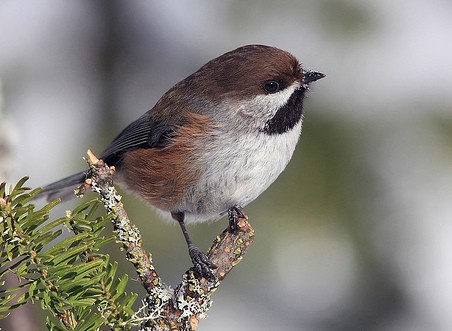Boreal Chickadee
A species of Chickadees and allies, Also known as Hudsonian Chickadee, Acadian Chickadee, Fillady Scientific name : Poecile hudsonicus Genus : Chickadees and allies
Boreal Chickadee, A species of Chickadees and allies
Also known as:
Hudsonian Chickadee, Acadian Chickadee, Fillady
Botanical name: Poecile hudsonicus
Genus: Chickadees and allies
Content
Description People often ask General Info
Description
Adults are 12.5–14.5 cm (4.9–5.7 in) long with a weight of 7–12.4 g (0.25–0.44 oz). They have grey-brown upperparts with a brown cap and greyish wings and tail; their face is mainly grey with white on the sides. Their underparts are white with brown on the flanks and a black throat. They have a short dark bill, short wings and a long notched tail. The call is a husky tsik-a-dee-dee, a variant on the call which gives chickadees their name. 
Size
13-15 cm (5-6 in)
Life Expectancy
4 years
Nest Placement
Tree
Clutch Size
4 - 9 eggs
Incubation Period
1 brood
Number of Broods
14 - 17 days
Feeding Habits
Boreal Chickadee predominantly consumes seeds and insects, including eggs and larval stages, obtained by foraging in mid to upper forest levels and occasionally on the ground. Boreal Chickadee frequents older trees and spruces, extracting seeds from cones and foraging insects from beneath bark crevices.
Habitat
Boreal Chickadee primarily reside in northern coniferous forests, favoring mature stands of spruce and balsam fir, particularly near water sources. It thrives in a variety of boreal habitats, from willow and alder groves to mixed and deciduous woodlands across western Canada. Altitudinally adaptable, boreal Chickadee is common in lower mountainous regions and exhibits a preference for the colder climate typical of northern latitudes. During winter movements, boreal Chickadee shows a strong affinity for conifer-dominated environments.
Nest Behavior
Boreal Chickadee build nests in spring with the female excavating and lining the cavity. Egg-laying is a solitary female task, with parents then jointly providing chick care.
Nest Characteristics
Boreal Chickadee nest in cavities, typically in dead trees such as balsam fir and spruces. The entrance, side or top, is between 1 to 35 feet above ground. Soft materials like moss, bark, and feathers line the cavity, with its size dictating nest size.
Dite type
Insectivorous
People often ask
General Info
Feeding Habits
Bird food type

Black Oil Sunflower Seeds

Hulled Sunflower Seeds

Safflower
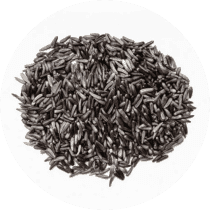
Nyjer

Suet
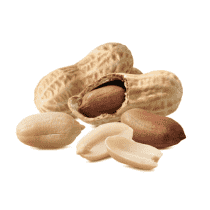
Peanuts
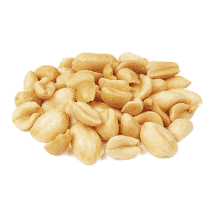
Peanut Hearts

Mealworms
Bird Feeder Type
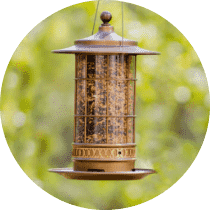
Large Tube Feeder

Small Tube Feeder
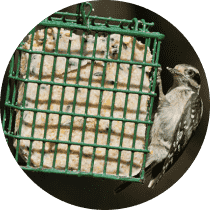
Suet Cage

Large Hopper

Small Hopper

Platform
Sounds
Call
Recording location: United States
Call
Recording location: United States
Behavior
The boreal Chickadee exhibits a range of distinctive behaviors, notably during courtship, when males pursue females in spiraling flights, followed by wing-quivering and courtship feeding that resembles parental feeding of nestlings. Selection of numerous nest sites precedes final nesting decisions. Although boreal Chickadee does not define territory vocally like its congeners, its less vocal nature contributes to a seemingly reserved demeanor. For defense, boreal Chickadee employ threat displays, such as the chin-up motion accompanied by a gargling call or a feather ruffle display while also chasing avian intruders. Post-breeding, boreal Chickadees may form small flocks, though sightings are often of solitary individuals outside the breeding season.
Species Status
Not globally threatened.
Scientific Classification
Phylum
Chordates Class
Birds Order
Perching birds Family
Tits Genus
Chickadees and allies Species
Boreal Chickadee 